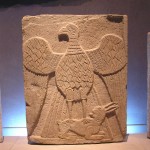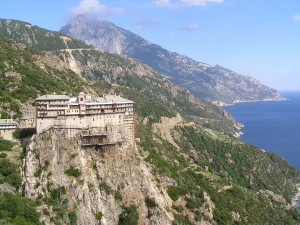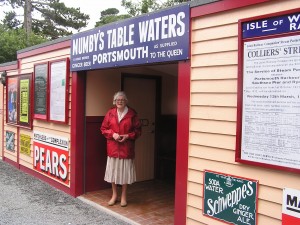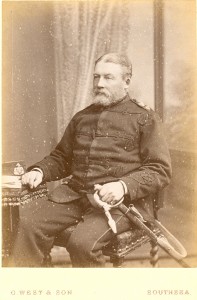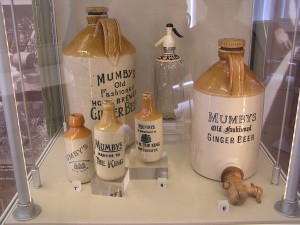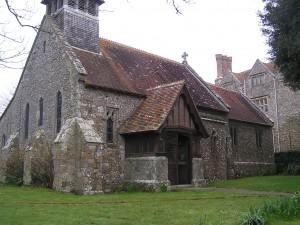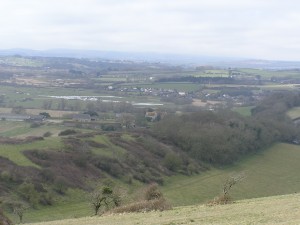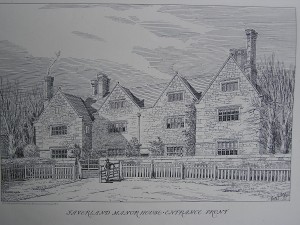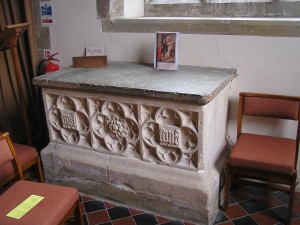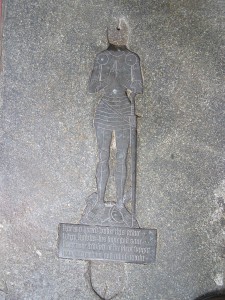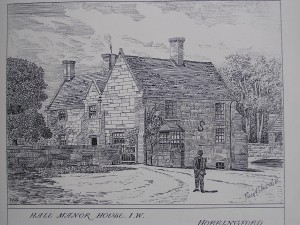In the summer of 960, the great Byzantine general Nikephoros Phokas set sail for Crete. Occupied by the Arabs since 826, the island had become a nest of pirates who were the curse of the eastern Mediterranean, paralysing its economy. Nikephoros had been campaigning for years on the eastern frontiers of the Empire. The emirs of Aleppo, Tarsus and Tripoli had all been humbled. The youthful Emperor, Romanos II, had recently appointed him ‘Domestic of the East’, commander-in-chief of the forces of Anatolia. Confident that Nikephoros would finally re-take the island, Romanos had entrusted him with an overwhelming force, consisting of 307 warships and hundreds of smaller vessels, with 77,000 oarsmen and soldiers on board.
Nikephoros swept through the island, killing a reported 40,000 Arabs, and laid siege to Chandax (modern Heraklion), their well-fortified capital. Both sides suffered terrible privations that winter, but in March 961 the Byzantines broke into the city. The Cretan emir was taken, along with the accumulated spoils of a century and a half of piracy. Nikephoros put the rest of the population to death and the city was burned to the ground. With the island restored to imperial rule, missionaries set about re-converting it to Christianity. It was the greatest Byzantine victory in centuries.
Born in 912 into one of the great military dynasties of Anatolia, Nikephoros, known to his enemies as ‘the White (or Pale) Death of the Saracens’ was personally unprepossessing, with unusually long, curly black hair and a straggly beard. He was rough-mannered and sullen, and lived a remarkably simple, ascetic life, habitually sleeping on the floor. When not covering himself in glory on the battlefield, Nikephoros spent his time in prayer or consorting with holy men. A widower, whose only son had been killed in a tragic accident, he had taken a vow of chastity and hoped one day to become a monk.
Instead, owing to Palace intrigue, Nikephoros was to be crowned Emperor in St Sophia on 16 August 963, following the death of Romanos at the age of 23. To ensure his legitimacy, he was married within the month to Theophano, Romanos’s widow, and became step-father to her sons, the co-emperors Basil and Constantine. Theophano, a publican’s daughter, was extraordinarily beautiful, but unprincipled in the pursuit of her ambitions. Romanos had been completely under her spell. Ill-matched with the dour Nikephoros, she took a lover, his nephew John Tzimiskes, who brutally murdered him on the floor where he lay in 966. He was buried secretly in the Church of the Holy Apostles. An epitaph attributed to John of Melitene was later circulated. It ends with a pun on Nikephoros’s name: ὠ πλην γυναικος τἀλλα δ’αὐ Νικηφορος (Mark Diederich Lauxtermann, Byzantine Poetry from Pisides to Geometres, Texts and Contexts, Vol.I, Vienna 2003, pp.305-16.) – which I venture to translate as ‘bringer of victory over all in turn, save a woman’.
Nikephoros believed that he was fighting a ‘holy war’ against Islam, and that those who perished in it were martyrs, although this was a view rejected by the Church. During the siege of Chandax, he had summoned his old friend, Athanasios, to provide him with spiritual support. Athanasios, a native of Trebizond, renowned for his holiness, had abandoned a successful teaching career in Constantinople to become a hermit, and had settled in 957 on Mount Athos, in northern Greece. The promontory had long been favoured by hermits, as it had no other inhabitants. Thanks to the Cretan pirates, normal life there had become impossible.
Nikephoros heaped plunder from Chandax on Athanasios, who used it to found a small monastery or lavra on the south-easternmost point of the promontory. It was the first of many monastic houses on Mount Athos, as opposed to the sketai, or loose affiliations of hermits, that had existed before. Nikephoros had originally intended to join him there. Instead, as Emperor, he re-founded Athanasios’s lavra as an imperial monastery, endowing it with generous annual grants in money and in kind and with tax-free estates in nearby Chalkidiki. He even sent three holy relics from the imperial collection, including fragments of the True Cross. Athanasios’s humble lavra was thus transformed into ‘the Greatest Lavra’ (Μονη Μεγιστης Λαυρας), with accommodation for eighty monks, despite the objections of the hermits who were disturbed by the immense scale of the construction and by the fact that the new monastery had its own boat, an unwelcome connection with the outside world.
There are surviving sketai on Mount Athos where hermits continue to subjugate the flesh and endure lives of the utmost austerity, some of them perched in caves on the edges of cliffs. I have witnessed them myself. Although I have not been to the Greatest Lavra, I have visited other Athonite monasteries and can attest to the strength of the asceticism there, which has certainly wavered over the centuries. At the monastery of Simonos Petras, for example, the monks spend most of the time at prayer in their tiny cells. These are sparsely furnished, and there are no beds. Like Nikephoros Phokas, the monks at Simonos Petras, who are close to being a spiritual elite, sleep on the hard floor. (See Simopetras, Mount Athos, E.T.B.A., Athens 1991.)
Nikephoros, to whom the twenty surviving monasteries on Mount Athos all owe a debt, left no direct descendants, but has countless blood relations in Western Europe. His sister who married Theodoros Kourkouas was the ancestress of Maria of Bulgaria, wife of Andronikos Doukas. Their daughter, Eirene, was the matriarch of the Komnenos dynasty.
Nikephoros’s brother Leon Phokas had a daughter, Sophia, who married Konstantinos Skleros, and was the mother of the famous Theophano, wife of the German Emperor Otto II.
Leon had another daughter, married to a Botaneiates, who was the great-grandmother of the Emperor Nikephoros III Botaneiates (1078-81), and of his sister who married Theodoulos Synadenos. Their daughter, Synadene, married Gesa I, King of Hungary, who died in 1077.
Through these three Byzantine women, there are innumerable well-established lines of descent to the present day.
